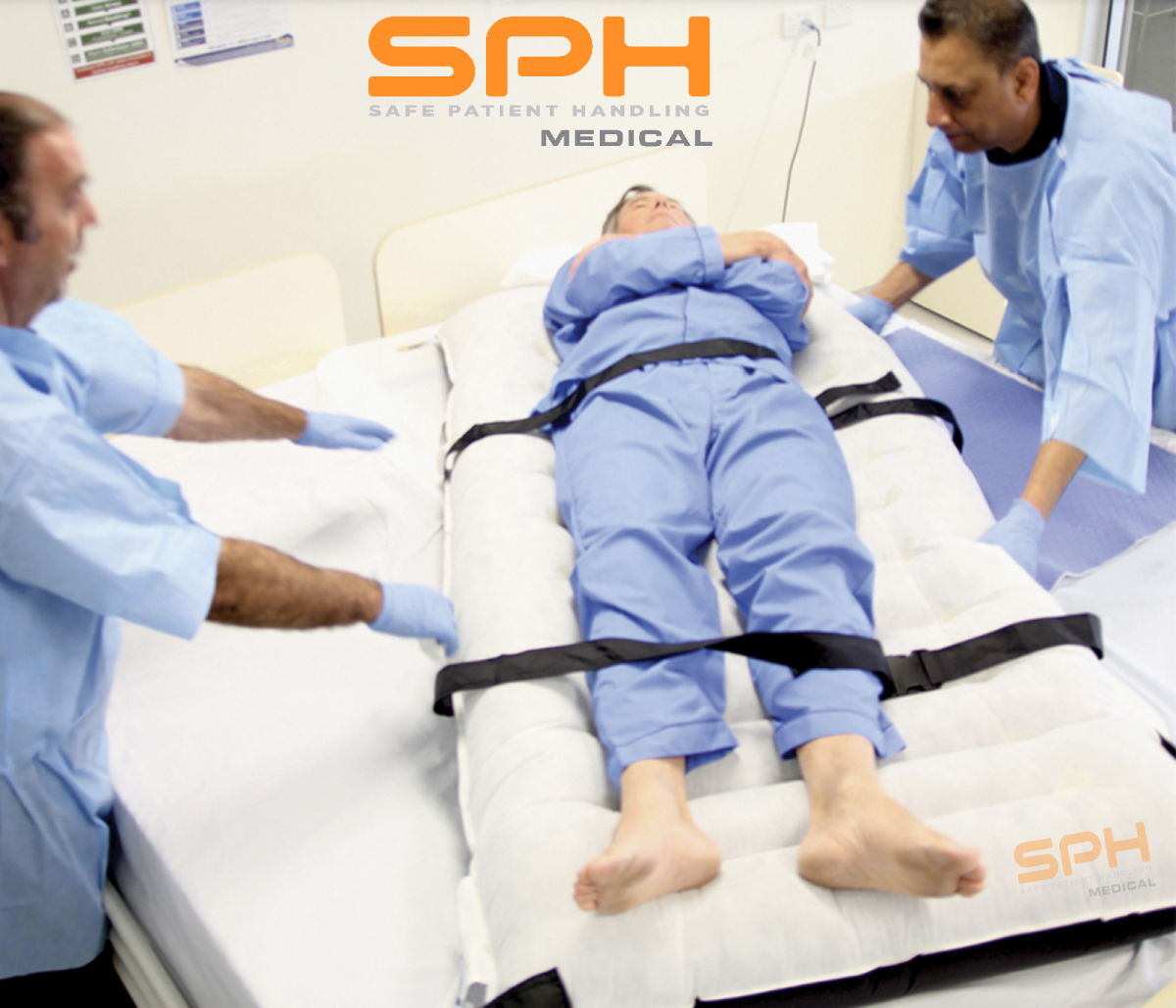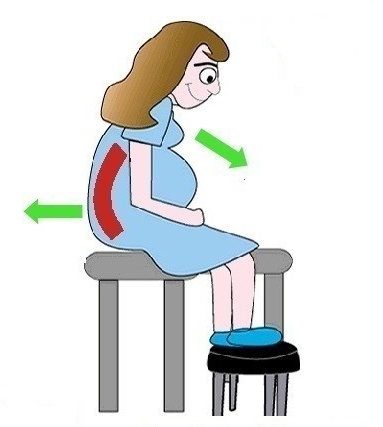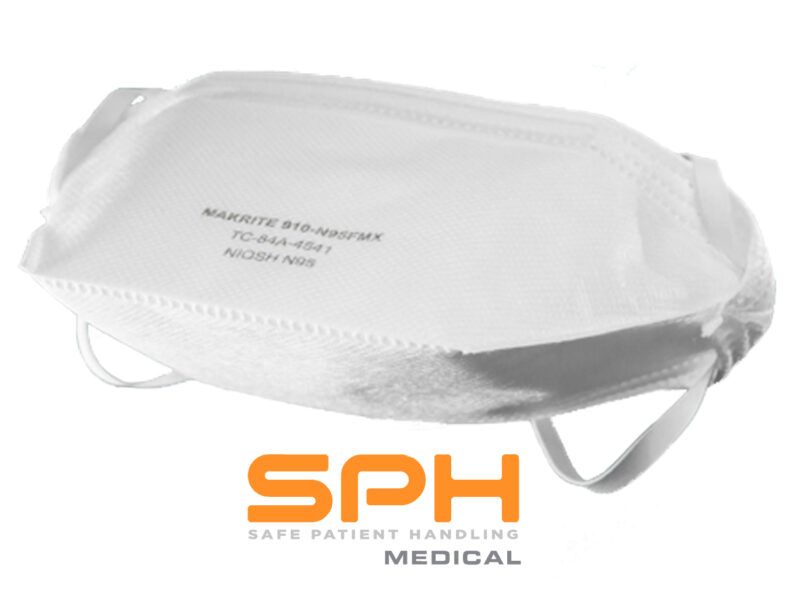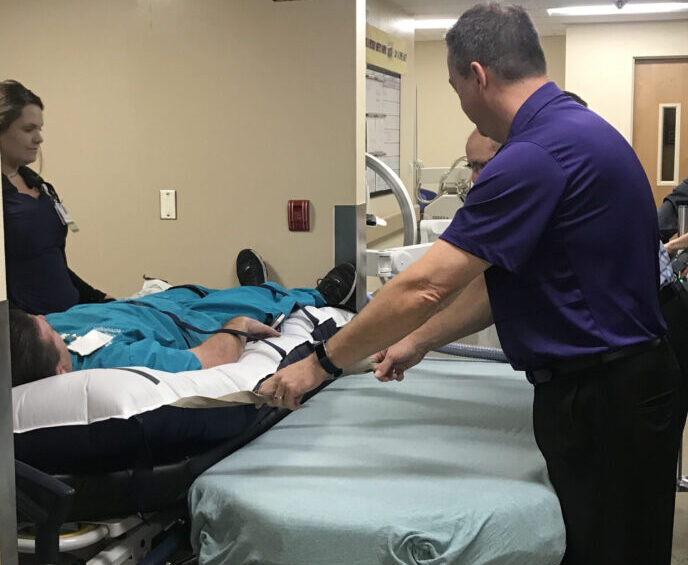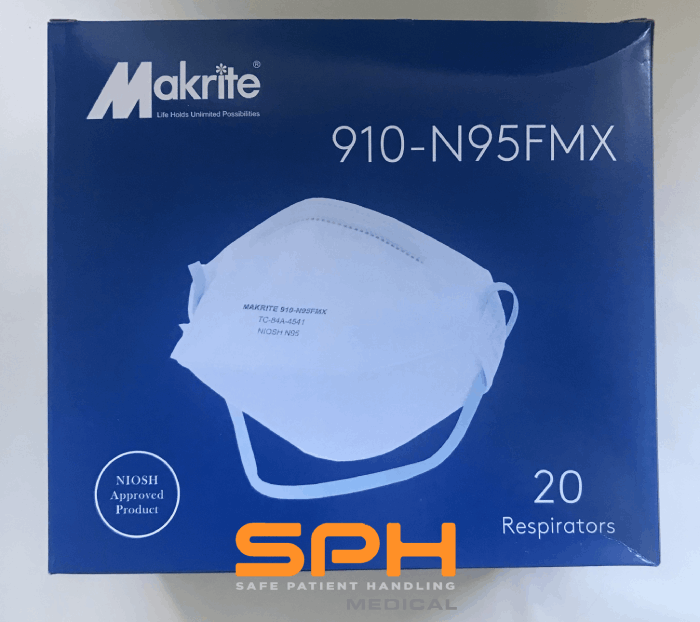What Puts The Nursing Staff At Risk?
While you may think of hospitals as one of the safest places to work, they’re actually one of the most dangerous workplaces for staff members. In fact, an OSHA study revealed that 7 workers for every 100 full-time employees at hospitals were injured on the job. Compare that rate to other private industries, and you’ll discover that hospitals are almost twice as dangerous. The nursing staff of a hospital undergoes a lot of physical exertion throughout the day. From ICUs to ORs, the nursing staff is responsible for lateral transfers of total care patients. It’s not anything out of the ordinary for a nurse to move a patient from a bed to a gurney, to a CT table, to an OR table, and back to a bed.
Most nurses perform this task dozens of times each shift. Throw in the constant need for patient repositioning, boosting, and turning and it becomes very clear why nurses are highly susceptible to repositioning injury and strains. These injuries are referred to as musculoskeletal disorders or MSD’s. These predictable, high frequency tasks are further complicated by heavier patients.
The Call For A Better Solution
There has been continued concern about the health of nursing staff around the country as OSHA and the Bureau Of Labor Statistics are notating negative health trends in healthcare workers. In fact, the Association of OR Nurses (AORN) has recently published a set of recommended safety guidelines and a tool kit that includes the use of air powered lateral transfer systems for each surgery patient. See the slides below from the AORN Toolkit. While the laws may not have caught up to the ongoing injury increases, the healthcare manufacturers have. They’ve developed air powered systems that are fast, comfortable, easy to use, and highly efficient for both caregivers and patients alike.
What Are Air Powered Systems?
Air powered systems are comprised of an inflatable pad, easy-to-use air supply,
power cord, and a hose. The patient is placed on the air powered lateral transfer system. The pump is inserted into the pad. As the pump quickly runs to fill up the pad, it sounds similar to a vacuum cleaner. Once the mattress is pumped up, it’s time to move the patient.
These air powered systems come with straps to hold the patient safely in place during the lateral transfers process. They also come with convenient handles for the caregivers to use when sliding that patient from one surface to another. In most cases, the lifting or pulling weight is reduced to almost 10 percent of the patient’s weight.
With virtually no friction beneath the pad when transferring from surface to surface, moving patients can be done with minimal caregiver exertion. Reducing exertion reduces risk of injury to nursing staff. There are a few different brands that offer this system, including SPH Medical, and Hovermatt. Air powered transfer systems can also be easily used for patient repositioning.
The Immediate Benefit Of Air Powered Transfer Systems
Air powered lateral transfer systems provide many notable benefits for both the healthcare worker and the patient. These systems provide a less strenuous way for healthcare workers to transfer patients from one surface to another. This reduces the occurrence of a nursing injury, including a repositioning injury or a chronic low back injury.
With the recent COVID-19 pandemic concerns, more and more healthcare facilities are investing in disposable pads for air powered systems. These pads can be easily thrown out after each use, or reprocessed, reducing risk of cross contamination in between patients and reducing risk of infections hospital wide.
Improve Patient Satisfaction
For patients, these air powered transfer systems provide a more comfortable and safe transfer process. Since the patient is being supported by the inflatable pad instead of a draw sheet, the transfer process feels more supportive and comfortable. The uncomfortable and typically manual process of being transferred is replaced with a frictionless float to the target surface. In addition, the safety straps give the patient a feeling of security during the transfer. Overall patients are happier and staff are safer. This is a win win for everyone including the hospital.

